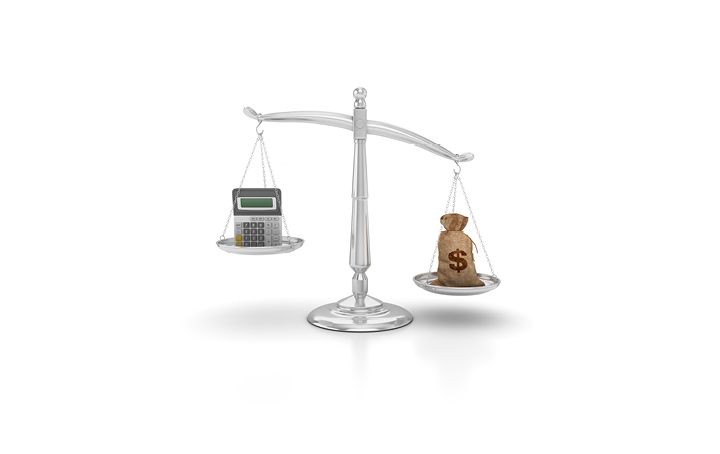Franking rules, company tax rates and consequences. Reducing the corporate tax rate for small to medium businesses has great benefits, but it may bring some unintended consequences in terms of the franking rules.
 In essence, the progressive lowering of the tax rates may have the effect of locking any tax paid at a higher company rate in the franking account, to which shareholders lose access. However, careful planning over the next few years can ensure that shareholders still extract the maximum benefit from the tax that the company has paid at the higher rate.
In essence, the progressive lowering of the tax rates may have the effect of locking any tax paid at a higher company rate in the franking account, to which shareholders lose access. However, careful planning over the next few years can ensure that shareholders still extract the maximum benefit from the tax that the company has paid at the higher rate.
Put simply, a company pays tax at a certain rate on the income year and franking debits accrue at that rate in that year. However, if dividends referable to that income are paid in a following income year, those dividends can only be franked at the corporate tax rate for imputation purposes when the dividend is paid.
The risk is this: if the company tax rate has dropped from one year to the next, the lower tax rate may have to be used when determining the franking amount. This has the effect of locking any tax paid at the higher company tax rate in the franking account, which may be lost to shareholders forever.
The next change in corporate tax rate is from 27.5% in 2019-20 to 26% in 2020-21. Let’s look ahead to then.
Example
ABC Pty Ltd had a taxable income of $20,000 in the 2019-20 income year, on which it paid tax of $5,500 at a rate of 27.5%. It had no other tax payments or distributions. Its franking account balance stood at $5,500 on 30 June 2020. On 1 July 2020, ABC Pty Ltd declares a dividend of $14,500. At this point, having regard to its turnover for 2019-20, ABC Pty Ltd determines that its corporate tax rate for imputation purposes is 26%. The maximum franking credit the company can attach in 2020-21 to this distribution is calculated as follows:
$14,500 × 1/ [(100 -26) / 26] = $5,095
In this case, although the company paid tax of $5,500, because of the reduction in the corporate tax rate, the franking credit attached to the dividend is $5,095.
As you can see, around $405 worth of benefit will be lost to shareholders due to the lower tax rate when the dividend is declared in 2020-21. As the recently-implemented corporate tax rates for qualifying small to medium businesses are on a sliding scale (ie 27.5% in 2018-19 and 2019-20, reducing to 26% in 2020-21, before being cut to 25% for 2021-22 and later income years), this poses an ongoing issue – to ensure that there is no wastage of tax benefits when paying out franked dividends.
So now you know what the issue is, how do you deal with it? Since the amount of dividend is usually determined by the after-tax profits generated by the business (and, in some respects, by free cash flow), if your business has the capacity, you should be choosing to pay 100% franked dividends at every opportunity. This will ensure that the company is not restricted by the corporate tax rate for imputation purposes of other dividends paid during the franking period(s).
Franking rules, company tax rates and consequences, need some expert guidance?
If you have a small to medium business which may qualify for lower company tax rates in the coming years, and would like to ensure that you receive the maximum tax benefit of franked dividends, talk to us today. We can help you implement a plan of action which will benefit you and your company for years to come.
Hunter Partners are Accountants, Tax Agents and Financial Planners. We can assist you with all aspect of your accounting, tax and financial planning requirements, call Hunter Partners on (07) 4723-1223.
Business Finance, Business Tax
- Created on .
- Hits: 3173